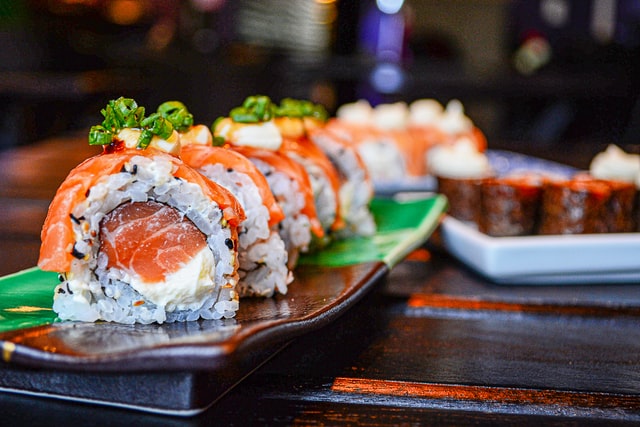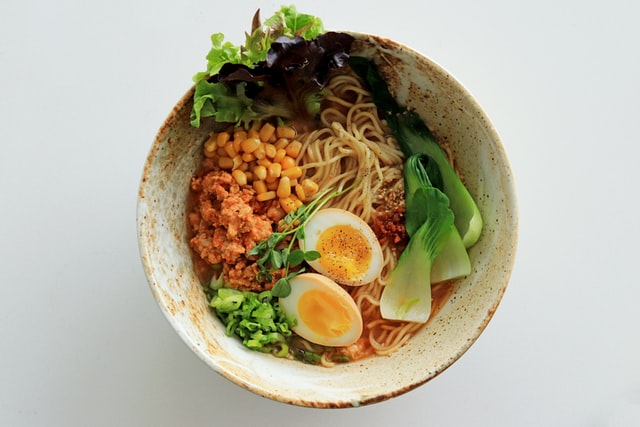How do you eat a meal from around the world? How do you prepare and cook food from other cultures? If you’ve ever had Mexican food or sushi, then you’re familiar with the foods from around the world. But how did they get to our table?
The term “ethnic cuisine” refers to the food eaten by certain ethnic groups. For example, Japanese cuisine is famous for its rice, seaweed, vegetables, and seafood dishes. Chinese food is known for noodles, dumplings, tofu, and tea. Indian food has lentils, curry, and chapati. And African cuisine includes stews, couscous, and curries.
“Food for the soul” means tasting food from around the globe. This article will share some authentic meals from various countries.
Food for the Soul From Around the World
1. Fried Chicken
Many people associate fried chicken with American cuisine. It’s a favorite dish of many Americans because it was first introduced in New Orleans, Louisiana, during the early 1900s. Most Americans don’t realize that there are more than 50 different types of fried chicken out there: dark meat chicken, white meat chicken, whole roasted chicken, breaded chicken, boneless chicken, etc.
The list goes on and on. Each type of chicken has its unique flavors. So if you want to try something new, why not visit your local Asian grocery store and ask them where they keep their fried chicken. Some stores even have live-action videos showing how to order crispy fried chicken.
2. Sushi
Sushi originated in Japan. In the 1950s, Japanese immigrants settled in California and started selling their traditional fare at farmers’ markets. The first restaurant specializing in raw fish was opened in San Francisco in 1958.

Today we can find fresh rolls stuffed with salmon roe as well as classic nigiri (grilled) and sashimi. On top of that, there are also varieties found all over the United States. A few examples include Hawaii rolls, spicy tuna rolls, lobster rolls, and crab cakes.
3. Paella
Paella (pronounced pee-allay), which translates into “pan full,” is an inexpensive dish made with ingredients such as rice, sausage, pork, rabbit, chicken, shrimp, beans, clams, squid, calamari, mussels, broccoli, chickpeas, mushrooms, tomatoes, peas, olives, garlic, chorizo, saffron, ham, spinach, artichokes, and seafood.
You’ll see paella being served at restaurants throughout Spain but the best-known version comes from Valencia. It takes several hours to make this huge pot of deliciousness, so if you want to prepare this yourself at home, watch the video below.
4. Soto Soup
A cup of soto soup contains the nutrients necessary to meet half of your daily caloric requirements. This broth consists of beef, chicken, pork, and/or mutton. It’s commonly used in Taiwanese cooking; however, this recipe uses lamb instead of beef and it’s called Laksa. To learn how to make this tasty bowl of goodness, check out our video below!
5. Ramen Noodles
Ramen came from China. The name ramen (read mehn) means “hot water.” These noodles were originally prepared only in hot tap water back in the day. But now a wide variety of toppings exist ranging anywhere from noodle soups to hamburger meat to fried eggplant. When ordering ramen noodles, most Japanese establishments use pre-cooked instant ramen noodles or udon noodles.

Many diners believe the taste of these noodles to be better when they’re warm. If you ask any native New Yorker, he or she would probably agree that eating ramen noodles straight from the refrigerator is a no-no. But since some people do this for fun, here you go casino en ligne!
6. Filipino Coffee
The Philippines is known for coffee. They are the world’s biggest consumers of said beverage thanks to abundant rainfall and rich soil that provides ideal growing conditions for Arabica beans. The culture influences a lot of things about the country’s lifestyle – including the way his countrymen love their java.
Filipinos often drink “tinapa” – locally brewed coffee that will leave you feeling refreshed due to the caffeine buzz. Caffeine consumption is high everywhere in the world, but according to recent studies from the University of Michigan, drinking espressos does indeed make the brain work faster by boosting mental performance.

